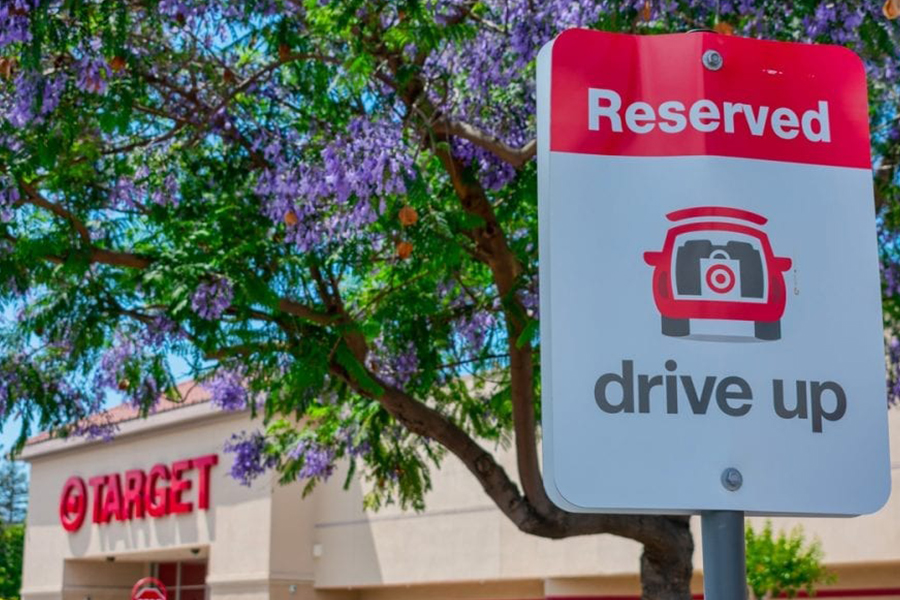Target Transforms Stores to Meet eGrocery Demand
With the rise of online grocery, brick-and-mortar retailers are challenged to rethink their operations with an eye toward meeting this digital demand. Target, for one, is making modifications to its stores to enable more efficient online grocery order fulfillment.
On a call with analysts Wednesday (May 18) discussing the retailer’s first quarter 2022 earnings results, Target Executive Vice President and Chief Operating Officer John Mulligan noted the company is “planning to complete just over 200 fulfillment remodels” over the course of the year centered on improving stores’ ability to meet same-day ordering demand.
“When warranted, these remodels include the addition of walk-in coolers and freezers near the front of the store, adding reliable capacity for our team to fulfill fresh, refrigerated and frozen items through our pickup and drive-up services,” he said.
He added that the company is designating doors for staff to use to fulfill these orders and making changes to store parking lots to accommodate drive-up customers.
These sorts of initiatives can go a long way toward meeting customers’ desire for efficient eGrocery options, with one in three consumers now buying groceries online each month, according to PYMNTS data. Specifically, research from PYMNTS’ April study, “ConnectedEconomy™ Monthly Report: 3 Ways Consumers Are Dealing With Inflation,” which drew from a March survey of more than 2,800 adults, found that 32% of consumers reported ordering groceries online in the prior 30 days.
Additionally, pickup options where employees bring items right out to the customer’s car are especially in demand, according to data from PYMNTS’ study, “Satisfaction in the Age of eCommerce: How Trust Helps Online Merchants Build Customer Loyalty,” created in collaboration with Riskified, which drew from a survey of more than 2,100 adults.
The study found that one in four consumers cite curbside pickup options as the single most important digital feature when shopping with grocers online, a greater share than said the same of any other feature. In this way, the channel outranked easy and consistent online experiences and same-day delivery as a top priority. Plus, an additional 25% of those surveyed stated that curbside pickup options were important to them, meaning that half of all consumers want to be offered the option when shopping for groceries online.
Overall, grocery continues to become a more central part of Target’s business.
“We feel good about the gross margin performance in grocery, and just food and beverage in general has been such a steady top-line grower, share gainer quarter after quarter,” Target Executive Vice President and Chief Financial Officer Michael Fiddelke told analysts.
With rising grocery costs, Target, like competitor Walmart, has seen a boost in private-label purchasing, with consumers choosing lower prices over brand name recognition. Fiddelke noted “strength of the own brands in food and beverage,” which is “also good for margin” for the retailer.
Source: Pymnts




